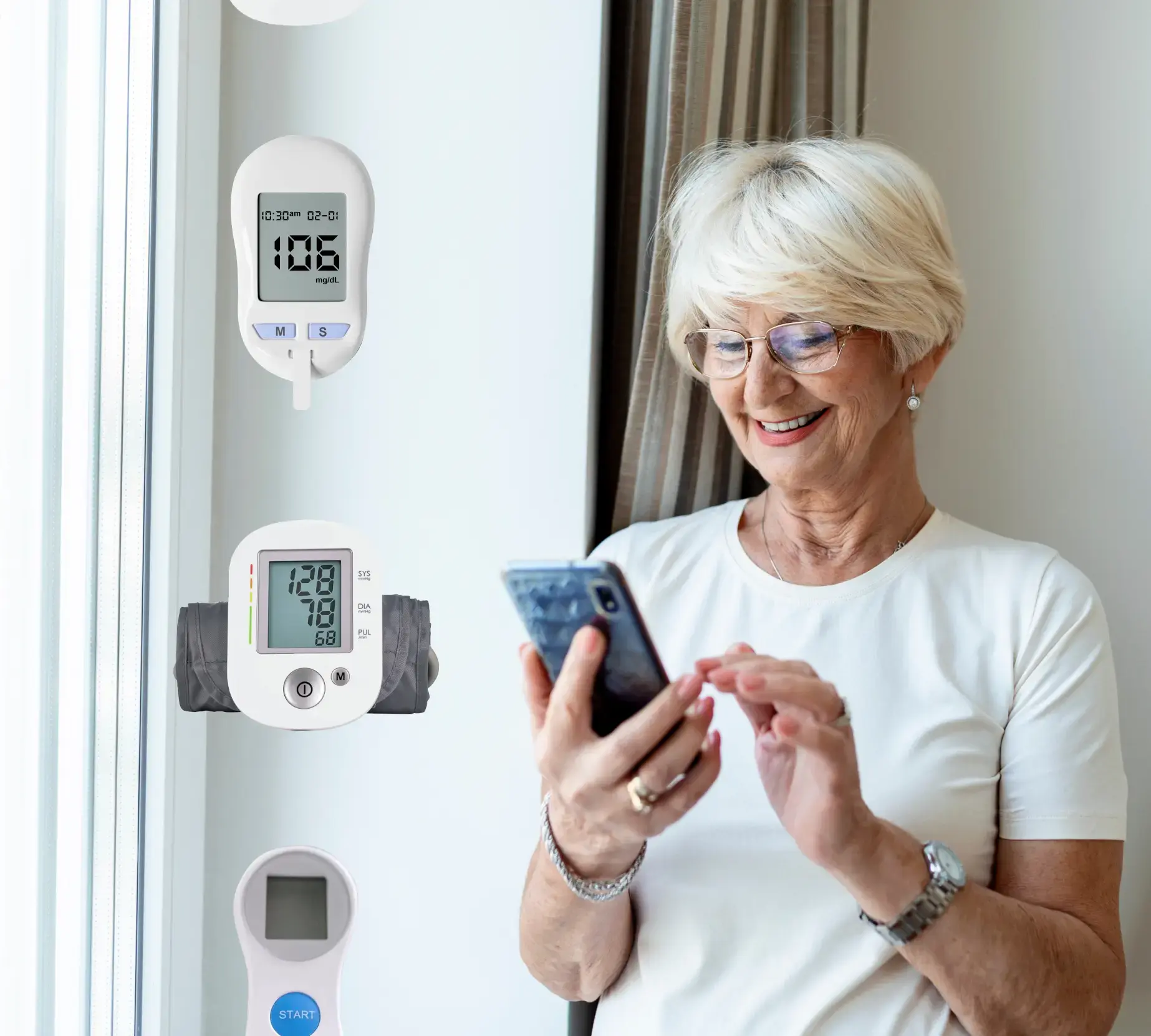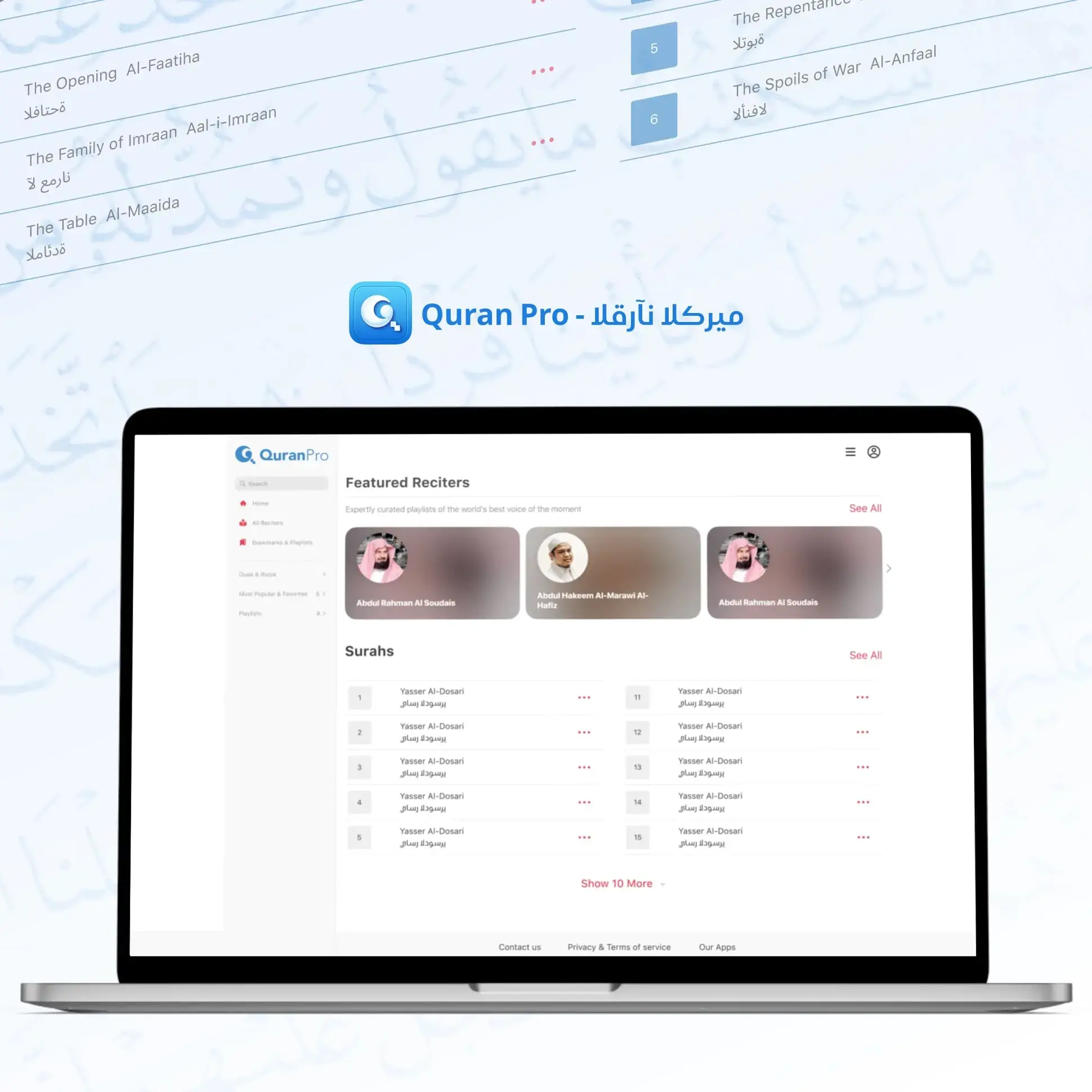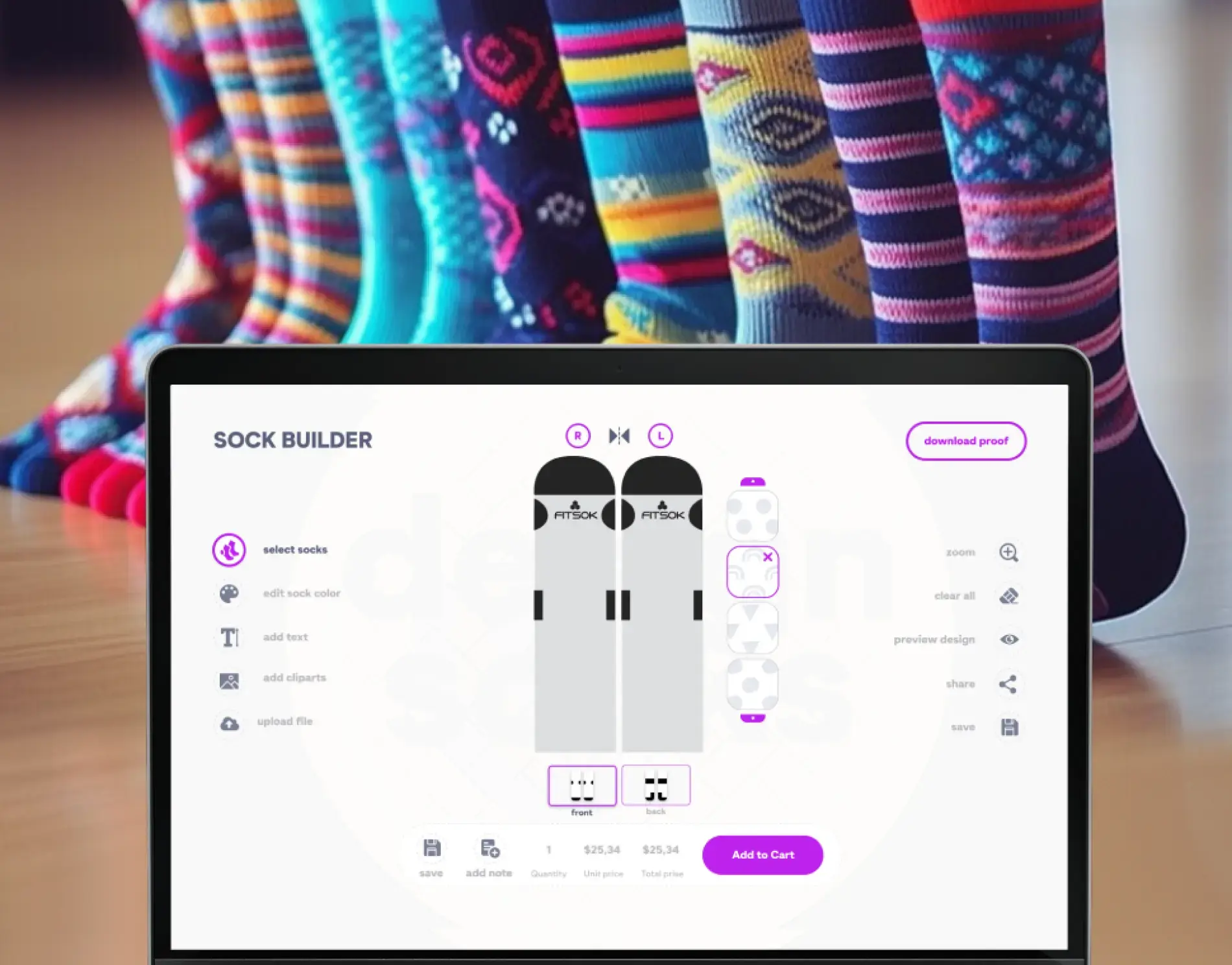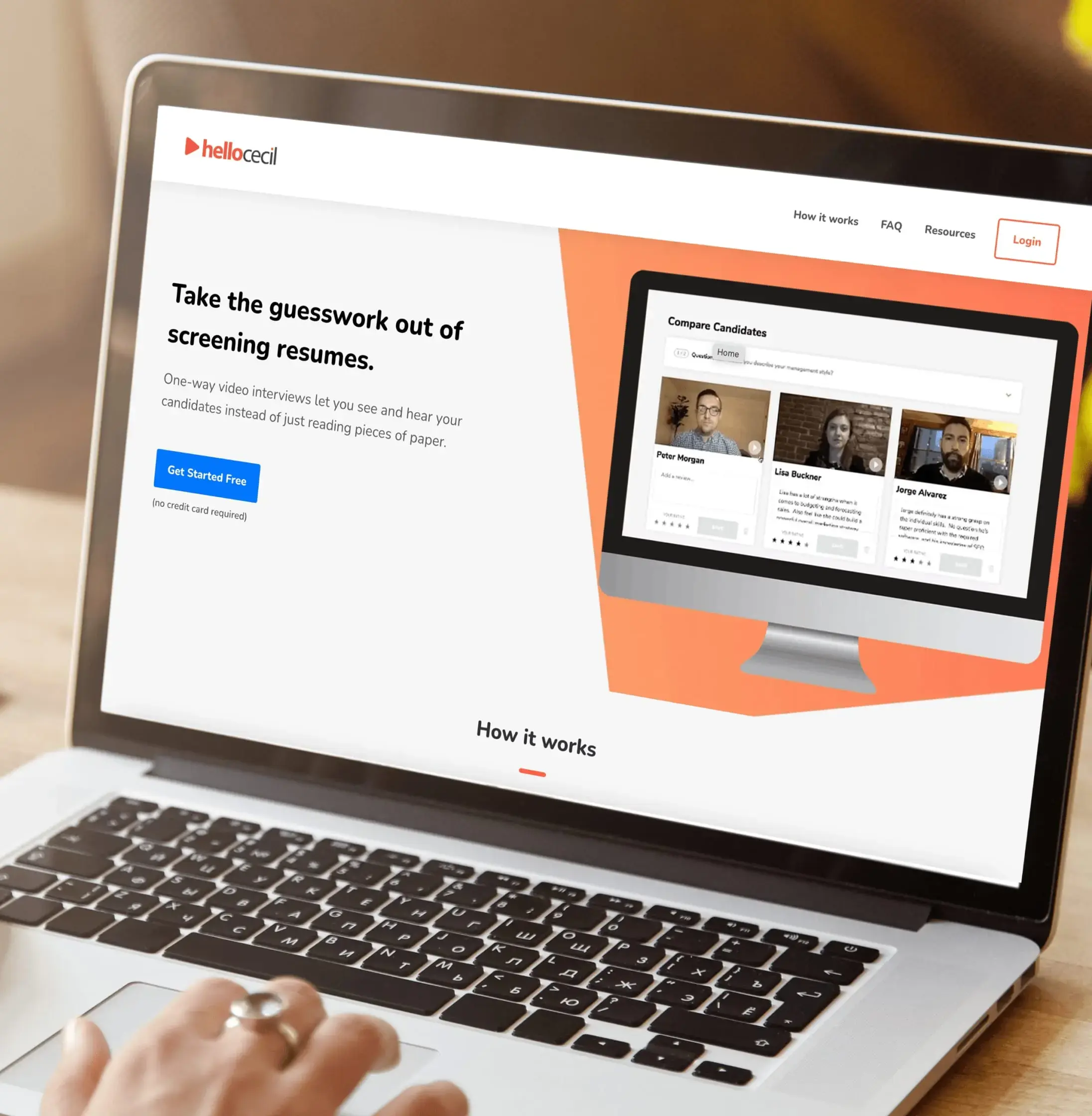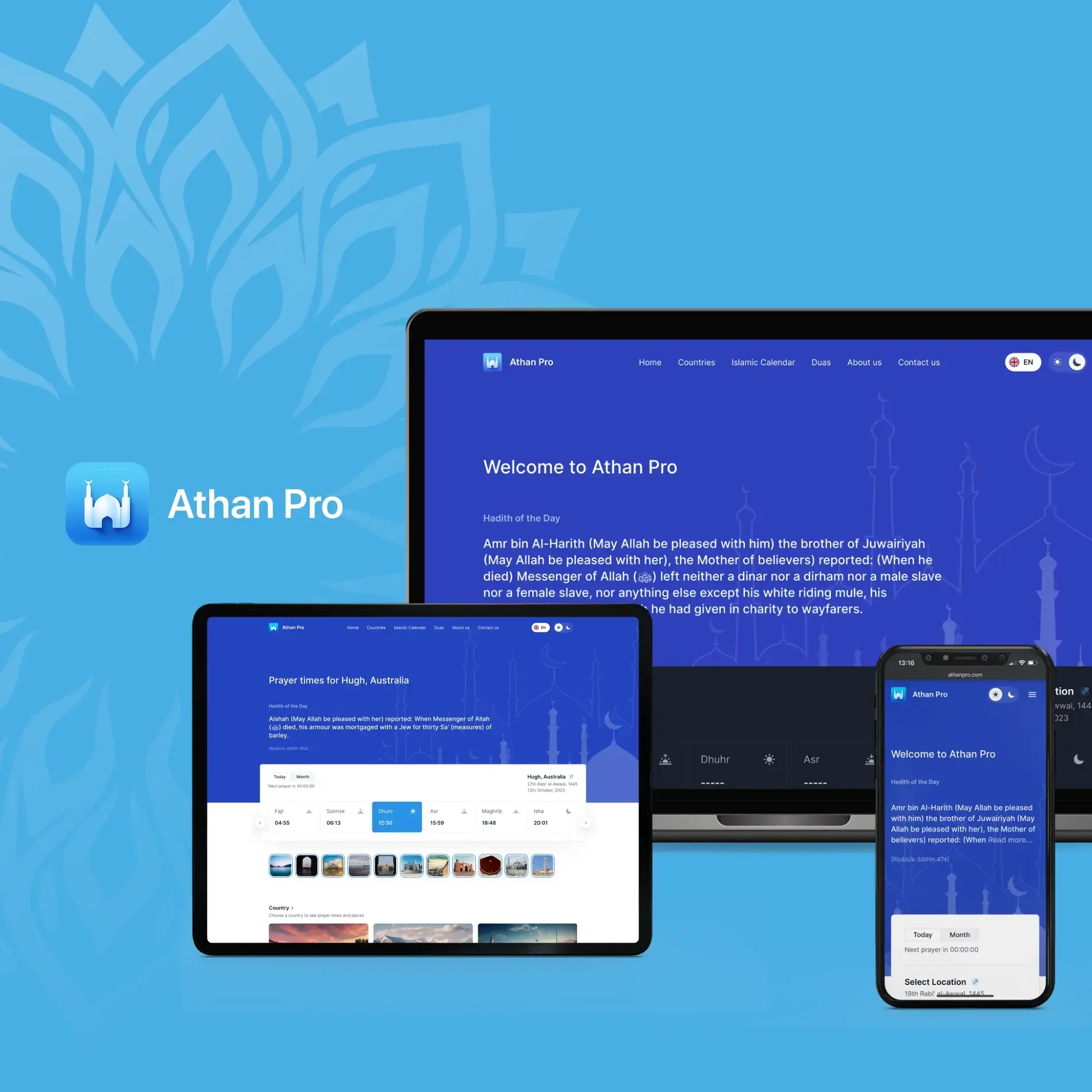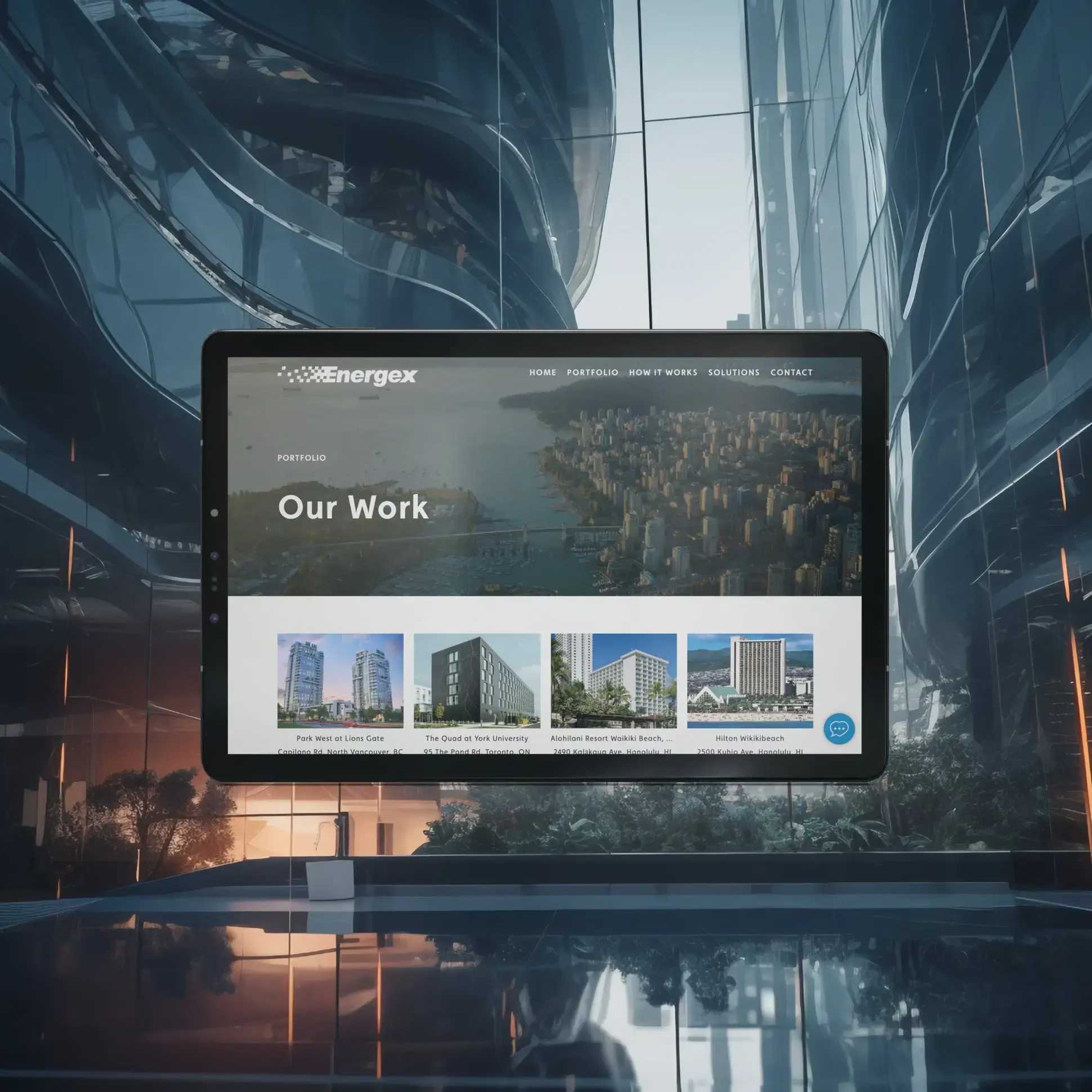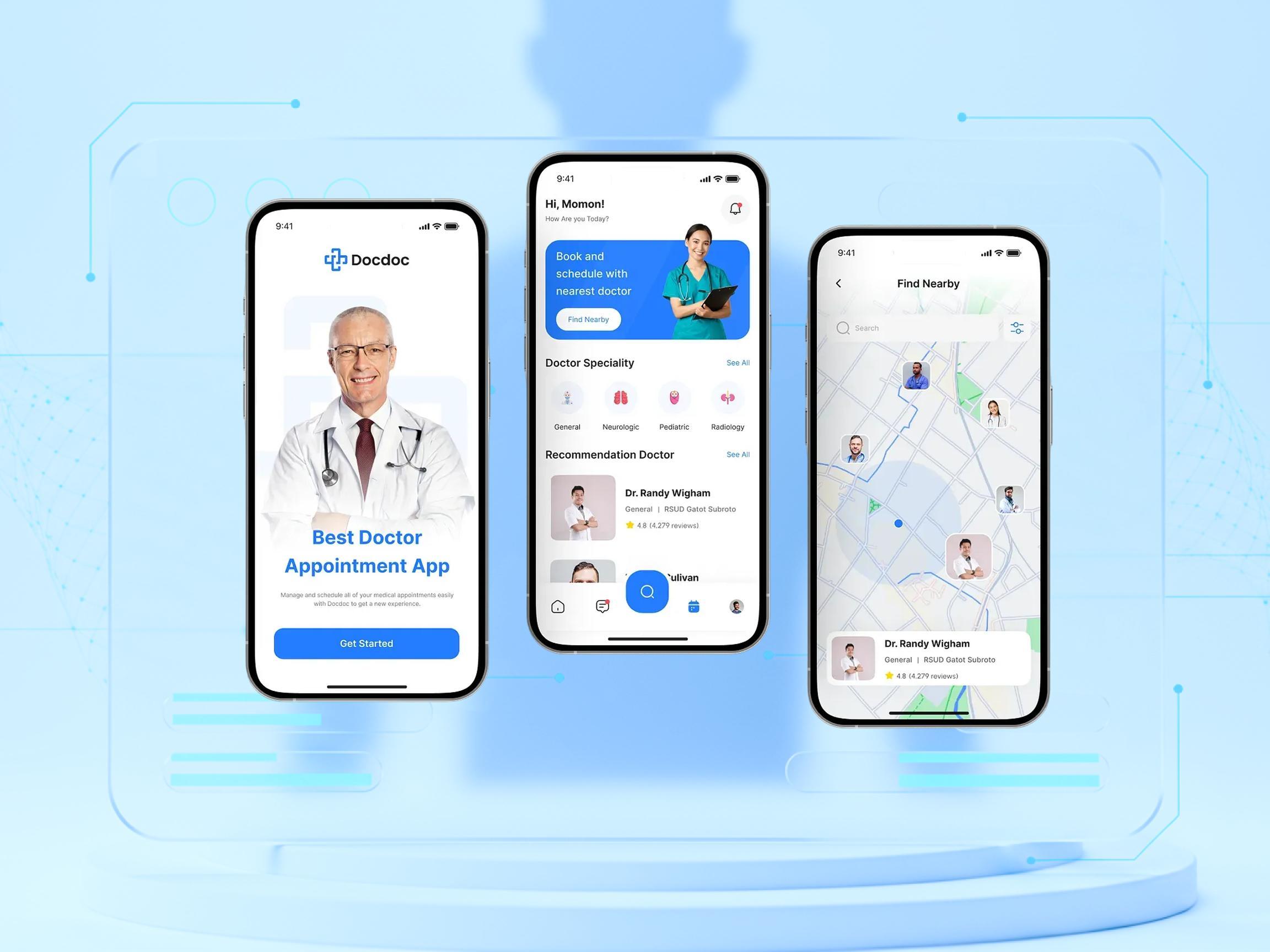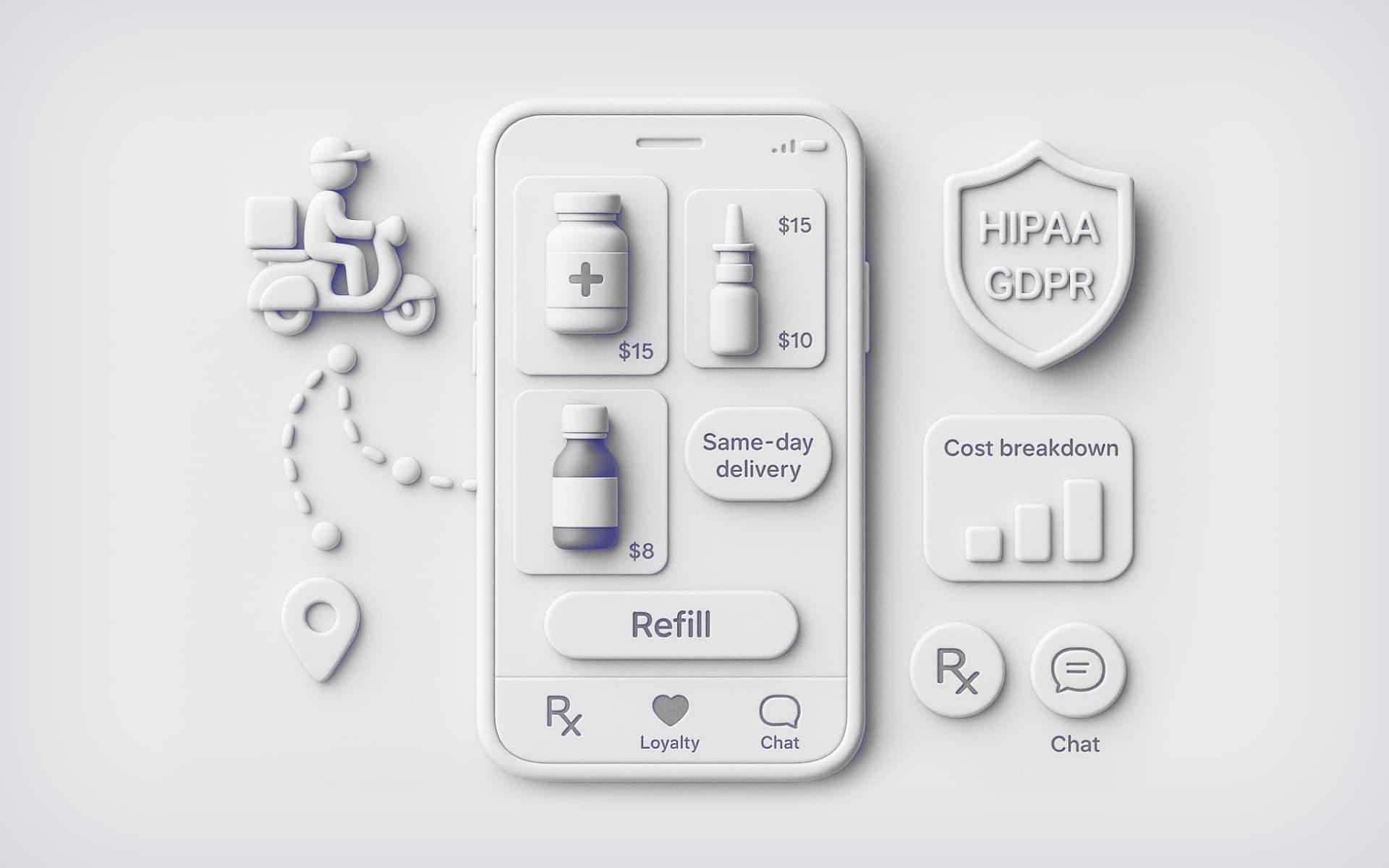
- Healthcare Software
HIPAA for Devs: Checklist & Best Practices
Healthcare solutions need to strictly adhere to regulations like HIPAA, but how does one achieve that compliance? Find out in JetBase’s handy guide.
March 13, 2025 | Updated on November 24, 2025 | 10 min

Sergei Skirev
CTO at JetBase
Our Cases
Innovation isn’t just about ideas - it’s about execution, turning vision into reality, and creating solutions that truly make an impact.
See what we’ve built and how it works:
- HealthCare
- Media & Entertainment
- eCommerce
- Amazon Web Services
- Cloud Cost Optimization
- Serverless Application
- Retail
- HealthCare
- Media & Entertainment
- eCommerce
- Amazon Web Services
- Cloud Cost Optimization
- Serverless Application
- Retail

